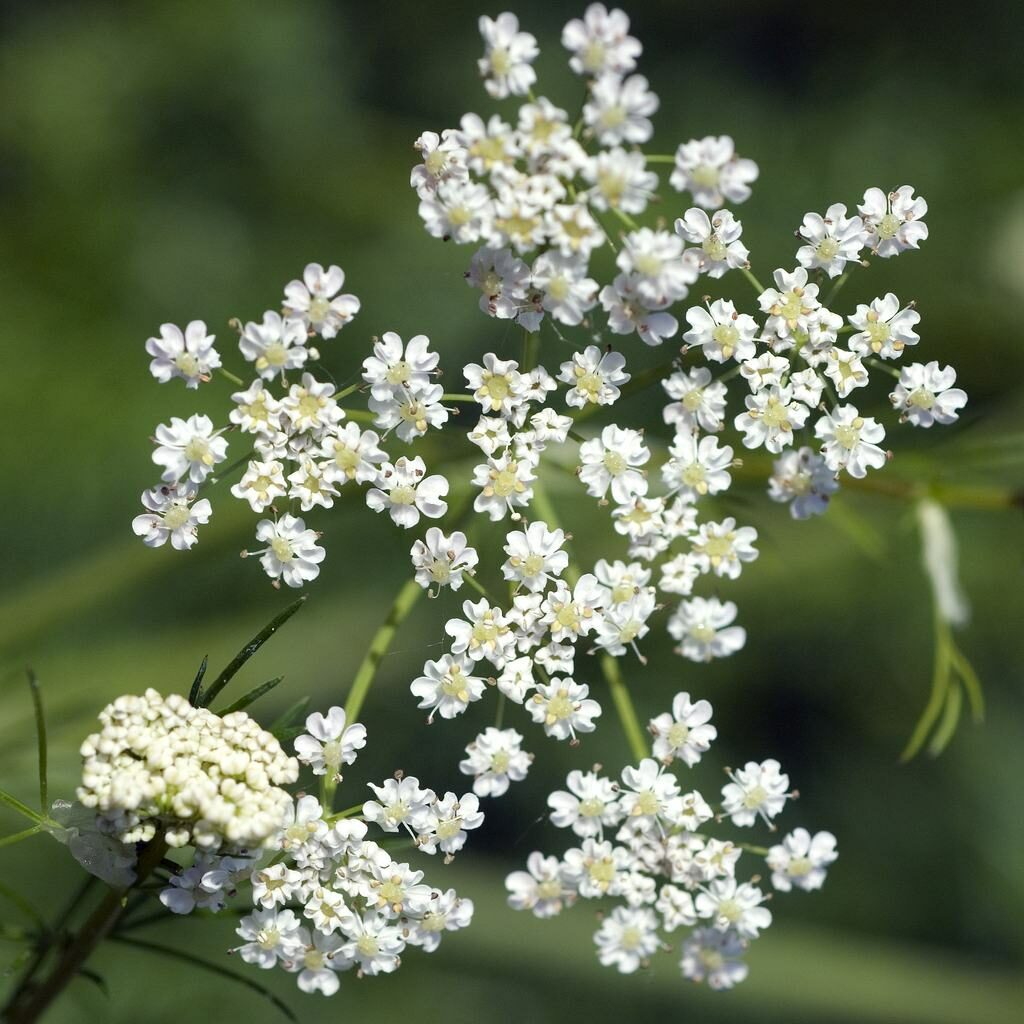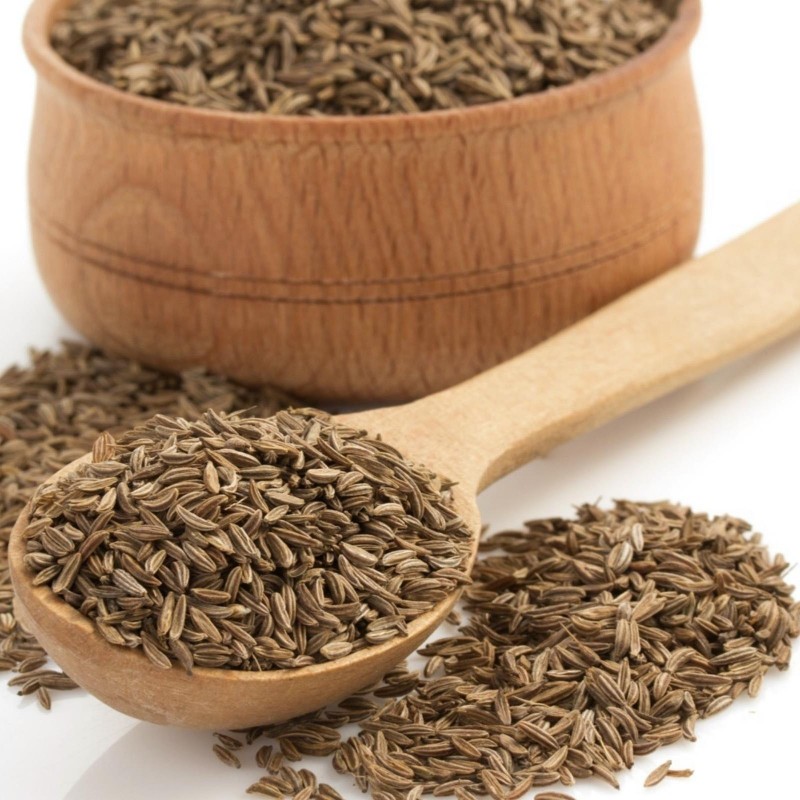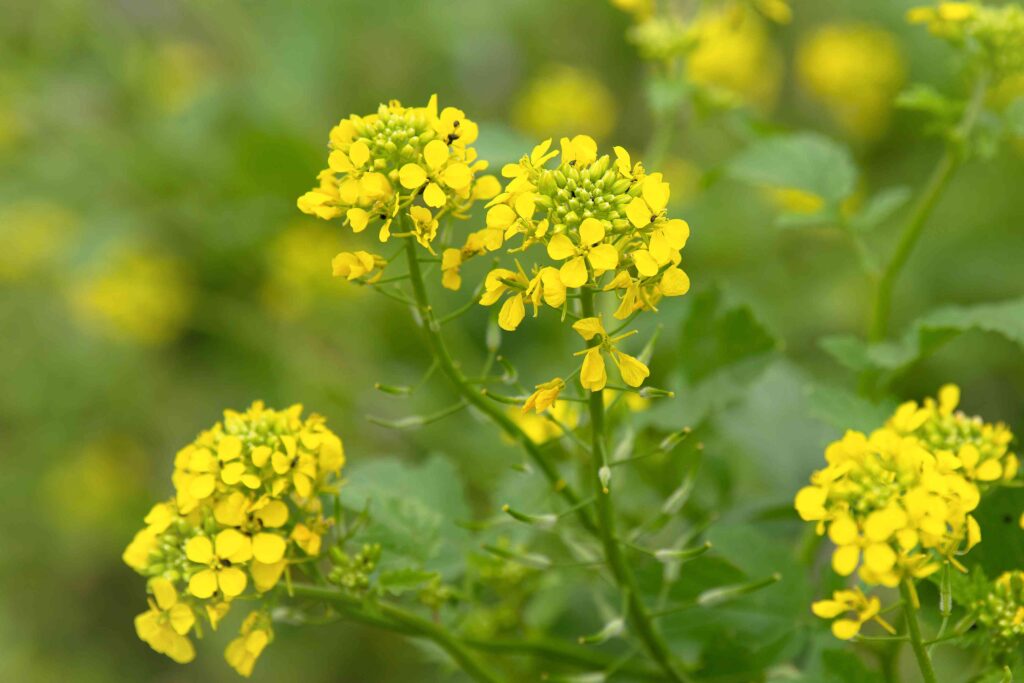Indian Spices are a lot more than just salt and pepper. It is the culinary gold.
Spices are primarily plant-based substances that provide flavor and seasoning to foods. They are typically derived from seeds, fruits, roots, bark, or other parts of plants. Over the centuries, spices have played an essential role in culinary traditions, adding flavor, aroma, and sometimes even color to dishes.
Indian cuisine is renowned for its rich and diverse use of spices and herbs, which not only help enhance the flavor and aroma of the food but also provide many health benefits. Now-common cooking ingredients like garlic, paprika, ginger, and nutmeg once helped push global trade. These flavor-packed plants grew almost exclusively in Asia, and ancient merchants from around the globe traveled thousands of miles to procure them. A balanced diet containing most of these spices can have positive health effects because they contain antioxidants and anti-inflammatory substances.

Adding spices to food improves its taste and provides potential health benefits. And today, we will discuss six essential Indian Spices with different flavors and their benefits.
TURMERIC (HALDI)
Haldi, or turmeric powder, will stand out in your spice cabinet due to its signature yellow hues and fetid earthy flavor profile. It can also be slightly bitter and peppery. It comes from finely ground turmeric root, the Curcuma Longa Plant. Haldi enriches classic Indian dishes like Tandoori Chicken, Roasted Tomato Curry, Chicken Vindaloo, Lemon Rice, Tangy Assamese Fish Curry, and many more.
Turmeric is known for its natural supplements because it contains curcumin, a powerful antioxidant and anti-inflammatory compound. It helps reduce inflammation, support joint health, and aid digestion. With beverages like Turmeric lattés and the immunity-boosting Haldi Doodh, milk with turmeric, Haldi is rapidly gaining popularity in other parts of Western countries.

CUMIN (JEERA)
Jeera, or cumin powder, is the most essential and popular spice originating from Asia, now predominantly produced in India and Iran. It has a warm, earthy, nutty, and slightly peppery flavor. Its intense smell and smoky flavor make it one of the most used spices in Indian cuisine, especially in Dals, an essential curry. It is used in almost all Indian Curries and sometimes in breads like Naan and savory beverages like Masala Lemonade.
Jeera comes from the Cuminum Cyminum plant that can be consumed and used as seeds. If you roast the cumin seeds for 30 seconds to a minute, you can smell its signature toasty aroma. However, many prefer the grounded cumin powder in their dishes. You can purchase the cumin powder directly from the store or grind the seeds. For example, if you ground the roasted cumin seeds into a powder before quickly cooling and blending it into a dish, you will get a better smoky flavor.
Cumin is another spice that contains flavonoid compounds that work as antioxidants in the body. It helps in improving metabolism, aiding digestion, and providing iron.



MUSTARD SEEDS (RAI / SARSO / SARIA)
While cumin is one of the most popular tempering spices in North and parts of North East Indian cooking, Rai, Sarso, or Saria, is mainly used in South Indian cuisine. It comes from two large shrubs, Brassica Juncea, the brown mustard, and Brassica Hirta, the yellow-white mustard, native to Asia. Both plants produce bright yellow flowers that contain tiny round seeds. But the brown mustard is more pungent than the white-yellow. These yellow and brown crunchy seeds are known for their smoky and nutty flavor.
Rai, Sarso, or Saria, is commonly bestrewed in rice dishes and curries, including the famous Chicken Coconut Curry with Mango. Mustard can be consumed or used in the form of seeds and oil. For instance, every North-East Indian recipe includes mustard oil for flavoring. The Mashed Potato with Mustard Oil is a popular snack in the region. Then again, many South Indian recipes, including the Sambar, simmer the mustard seeds in hot oil and pop, releasing their flavor before adding other ingredients.
Mustard Seeds contain anti-inflammatory properties with rich minerals such as selenium and magnesium. It is beneficial for heart health and can act against ulcers. It can sometimes act as an antiseptic that helps reduce swelling, pain, and inflammation.


CINNAMON (DALCHINI)
The Indian Dalchini is distinctive from the widely popular cinnamon dominated in most Western countries. The cinnamon sold in the United States is Cassia, harvested from the bark of evergreen trees. It has a warmer, sweeter aroma than its cousin, Ceylon, often indicated the “true cinnamon.”
Dalchini comes from Ceylon, the cinnamon powder made from the bark of various Cinnamomum tree species found in South India and Sri Lanka. It adds a much lighter, woody, sweet, and smoky flavor. It is primarily added to Indian sweet dishes such as Kheer, an Indian rice pudding, and also sprinkled in hot beverages like the Chai, an Indian milk tea. Dalchini is sauteéd in many savory dishes like Chicken Tikka Masala and Chicken Biryani and used as a primary ingredient in Garam Masala, a mix of various other spices.
Cinnamon also contains anti-inflammatory compounds, which help improve insulin sensitivity, provide antioxidants, and can lower blood sugar levels.

CORIANDER (DHANIA)
Dhania, or coriander, is again a chart-topping spice in any Indian cuisine. It comes from the same plant as Cilantro, Coriandrum Sativum. While the UK and other European nations refer to the spice seeds and leafy herb as coriander, the US calls the herb Cilantro. And the Indians call it Dhania to distinguish the leaves from the coriander seeds.
Dhania is one of the oldest spices or herbs available globally. It is distinct for its signature golden-yellow hues and citrus-like aromas with a refreshing and sweet-citrus flavor. Indians use this spice in almost all their salads and condiments, like Mango Chutney, Vegetable Salad, Green Chutney, and even soups. You will also see fresh, raw, chopped Dhania leaves garnished with Indian Curries.
Coriander is rich in antioxidants and dietary fiber that can aid digestion, reduce blood sugar levels, and reduce the risk of heart disease.

FENUGREEK (KASOORI METHI)
Kasoori Methi, or dried fenugreek leaves, is uniquely similar to a fusion between celery and fennel seeds. It is comparable with dried thyme or oregano used in Western cuisines. It adds a slightly bitter and earthy layer with a musky fragrance to any dish. In essence, a little bit goes a long way. In most Indian dishes, the leaves are crumbled over veggie or meat curries like Butter Chicken or Palak Paneer before serving. These herbs are often added to the whole wheat dough to make Methi Paratha or Methi Roti, a basic Indian bread.
Fenugreek seeds can help regulate blood sugar levels, prevent cognitive decline, reduce cholesterol, and aid digestion. It can also reduce bloating and regulate gut health.


Indian spices add depth and complexity to its cuisine and offer various health benefits when incorporated into your diet in moderation. And these are some essential spices to the hallmark of vibrant and flavorful Indian cooking. This list only represents a small peak into a precisely stacked Indian spice cabinet. For example, ingredients like Black Cardamom, Amchur, dried mango powder, Ajwain, carom seeds, ginger powder, and garlic also add complexity and rich flavors to Indian dishes in every corner of the country.

